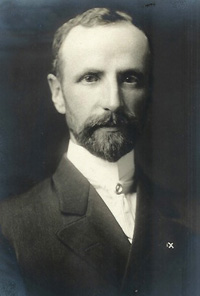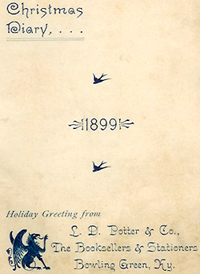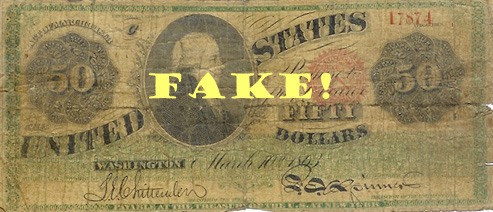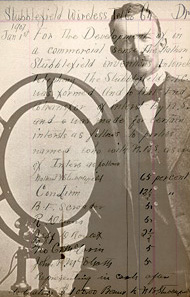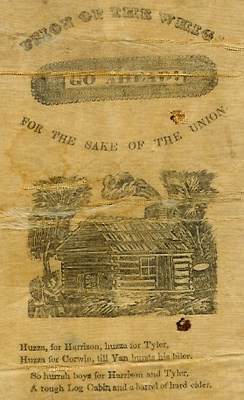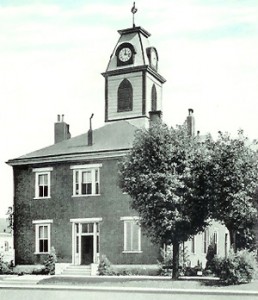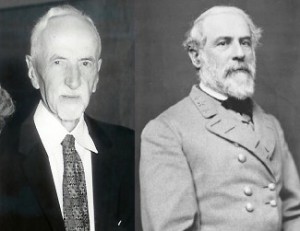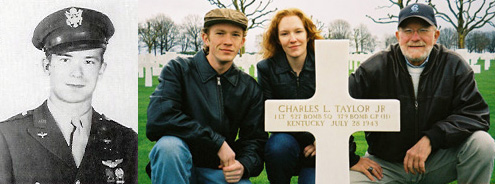
Lieut. Charles L. Taylor, Jr.; Charles L. T. Smith and his children at Taylor’s grave, Netherlands American Cemetery, Margraten (courtesy Charles L. T. Smith)
Among the Hilltoppers who never returned from World War II was Lieutenant Charles Leland Taylor, Jr., son of agriculture professor Charles L. Taylor. When his flying fortress was shot down over Nazi-occupied Holland on July 28, 1943, some of the crew members survived and were captured by the Germans, but Taylor, the pilot, was killed. Rinnie Haadsma, a Dutch woman who lived near the crash site, obtained the names of the victims and wrote to their families after the war with details of the crash and of a local monument honoring their sacrifice.
The story of Haadsma’s letters appeared in Bowling Green’s Park City Daily News, and the article caught the attention of the family of WKU dean Finley Grise, whose son George had served in the Netherlands and befriended a Dutch woman named Mia Kleijnen. The Grises clipped the article about Taylor and later donated it, along with their letters from Mia, to the Manuscripts & Folklife Archives section of WKU’s Special Collections Library.
Fast-forward to today, and to architect Charles Leland Taylor Smith’s search for information about the man after whom he was named. Smith’s father, a neighbor of Lieutenant Taylor, had told him a slightly different story about the pilot, namely that he had survived the crash and was sheltered by the Dutch Underground for some time before dying of his injuries, and that a woman who cared for him had corresponded with his mother or wife. But the death date on Taylor’s grave at Margraten Cemetery–the same day as the crash–seemed to contradict this account.
Through TopSCHOLAR, Smith found out about the Daily News article in the Kleijnen Collection and contacted us. In addition to supplying the article, we were able to provide some further information on Lieutenant Taylor from a collection of clippings about Warren County servicemen maintained by WKU librarians during the war. Those reports confirmed that after Taylor’s plane crashed, there was uncertainty about whether he had died, and his family clung to the hope that he was alive and a prisoner. It was only months later that verification of his death on July 28, 1943 came from the Germans via the Red Cross.
No matter how our collections are discovered, or by whom, we are always glad when something therein helps, as Mr. Smith requested, to “get the story told, and told right.”


